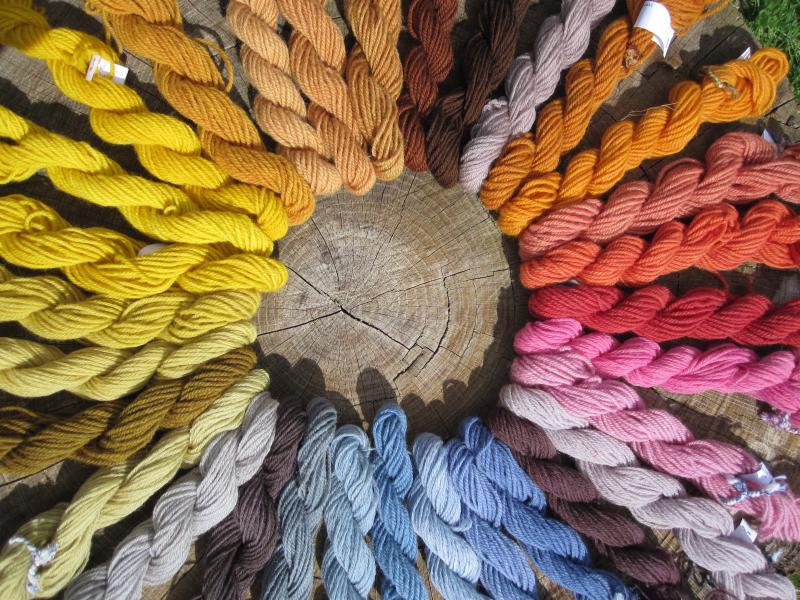Dyeing, Printing & Finishing Fabrics
The application of colour and design adds interest to the fabric; colour and pattern are essential elements in what makes textiles so appealing. Colour can be added at many different points along the production process. New technologies and techniques are constantly being developed to create the next look. Advancements in the textiles industry are also helping to reduce the amount of water that is used and polluted during the dyeing process.



Dyeing
Natural fibers usually need to be bleached before being dyed or printed, and some resist being dyed and must be pre-treated for the dyeing process to be effective (Mercerization is one such treatment and will be discussed below)
In the production of natural fibres, particularly wool, colour can be added to the fibres before they are spun into yarn, called fibre dyeing. Yarn dyeing can occur once fibres have been spun into yarns but before yarns are woven or knitted into fabrics, and in piece dyeing, colour is added to the finished fabric. Colour can even be added to a sewn and finished piece of clothing. Manufactured polymers are most often dyed in the solution stage. Solution dyeing adds colour before the fibres are extruded, and the colour is therefore an inherent part of the fibre and is very permanent.
Finishing
Fabric finishes are applied to fabrics to enhance the appearance or function of a fabric. Some are physical treatments such as beating, brushing, embossing and polishing, while others are chemical finishes.
Mercerization is a treatment used on cottons and linens wherein the fabric is immersed in caustic soda to increase its strength, lustre and ability to take dye.
Napping involves rotating wire brushes that raise staple fibres that lay in one direction on the fabric. If you notice a difference when you brush the fabric up or down, the fabric is said to have a nap. Napped fabrics must be cut with the nap laying in the same direction; otherwise, various parts of the garment will reflect light differently and appear darker or lighter.
Performance finishes can be applied to give fabrics various properties such as being antimicrobial, anti-static, water-repellent, and even temperature-regulating. Some finishes make fabrics more reflective, softer, or more resistant UV, moths, soil, shrinking, burning or wrinkling.
Printing
Prints can be applied to fabrics using direct rolling, screen printing, or digital printing. Screen printing allows for very large repeats in the motif, but this method is slower and more costly than roller printing. Separate screens are used for each colour that is layered into the design.
The size of motifs in roller printing is limited to the circumference of the roller. Several rollers can be used for multicolour prints.
Some patterns such as stripes or plaids can be woven in or printed on. Weaving in a plaid or stripe is considered to be of higher quality, but printing can be less expensive and offers more variation in design than weaving. Other forms of dyeing come from traditional crafts such as tie-dying and batik, which both use a “resist”, a way to block dye from reaching the fabric. Tie-dye uses tight twisting, folding, wrapping and tying to create areas where dye cannot reach the fabric, whereas in batik, a wax resist is applied to the fabric before it is dyed.
